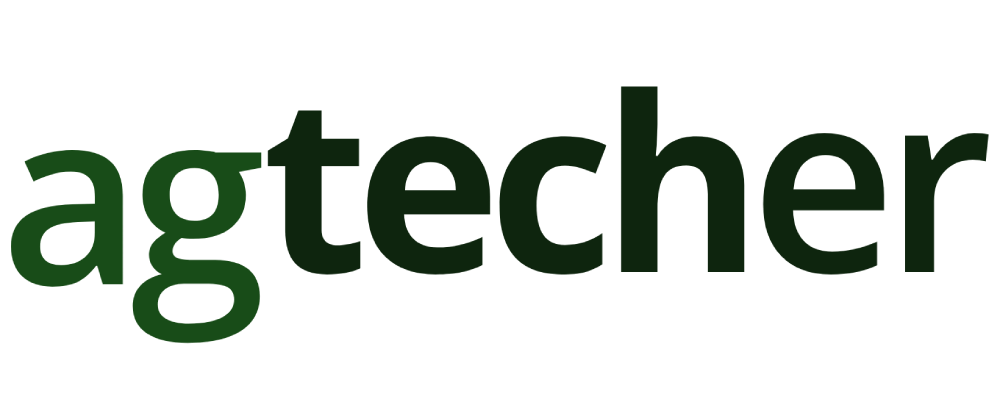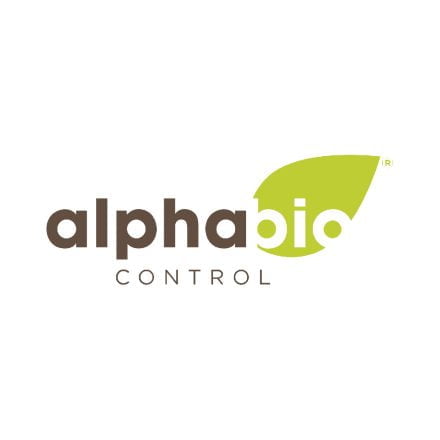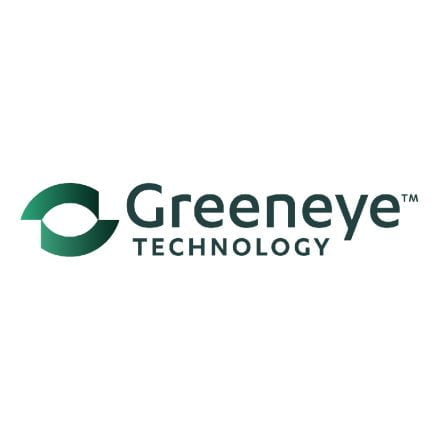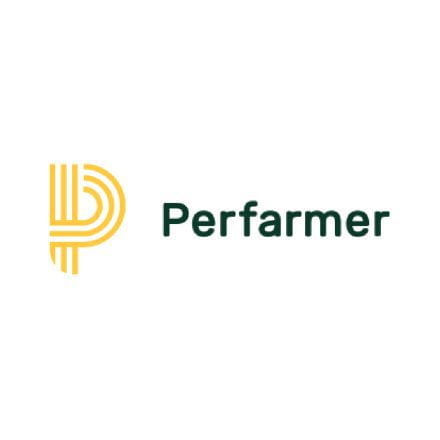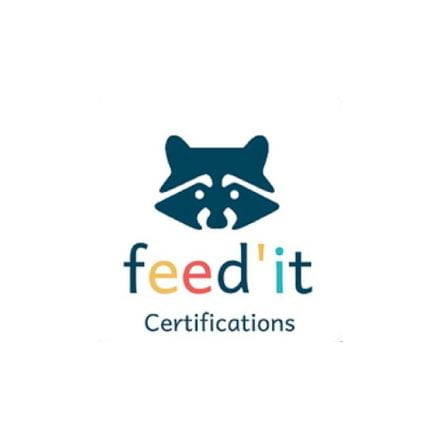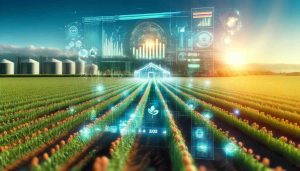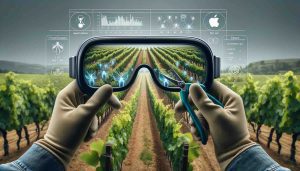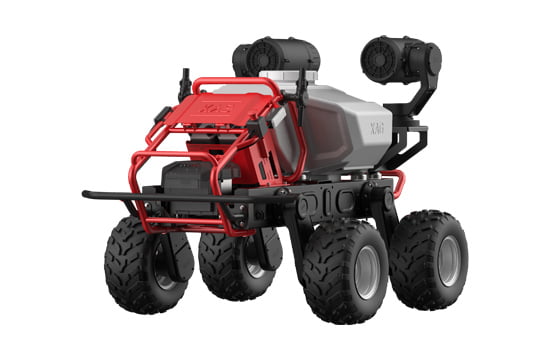Description
In the realm of agricultural technology, the Insect Eavesdropper stands out as a notable innovation designed to enhance pest management through digital means. This device is pioneering the way we understand and combat pest infestations in crops by listening to the very vibrations these critters make. Its application in agriculture goes beyond traditional methods, offering a sustainable, efficient, and precise approach to pest detection and management.
How the Insect Eavesdropper Works
The essence of the Insect Eavesdropper’s functionality lies in its ability to detect and analyze the vibrational signals pests emit. This technology captures these signals, which vary depending on the pest’s species, activities, and interactions with the crop. By employing advanced algorithms, the device can accurately identify the type of pest present, even before visual signs of infestation become apparent. This early detection is crucial for implementing timely and effective pest control measures, significantly reducing potential damage to crops.
Key Features and Benefits
- Early Pest Detection: Captures subtle vibrational signals for prompt pest identification.
- Targeted Pest Management: Enables specific interventions, minimizing the need for broad-spectrum pesticides.
- Sustainability: Supports eco-friendly farming practices by reducing chemical use.
- Data Collection: Gathers valuable insights on pest behavior and infestation trends, enhancing future pest management strategies.
Technical Specifications
- Detection Method: Digital vibrational signal analysis
- Signal Interpretation: Utilizes advanced algorithms for accurate pest identification
- Pest Database: Comprehensive, covering a wide range of common agricultural pests
- Connectivity: Features remote monitoring capabilities for efficient data management
- Power Source: Options include battery and solar-powered configurations for continuous operation
- User Interface: Intuitive, designed for ease of use by farmers and agricultural professionals
About the Developer: University of Wisconsin
The Insect Eavesdropper is a product of rigorous research and development conducted by the University of Wisconsin’s dedicated team of scientists and technologists. Their work focuses on leveraging technology to address critical challenges in agriculture, particularly pest management.
Insights into the University’s Contribution to AgTech
With a rich history of innovation in agricultural sciences, the University of Wisconsin has been at the forefront of integrating digital solutions into farming practices. The development of the Insect Eavesdropper reflects the institution’s commitment to sustainable agriculture, aiming to reduce chemical reliance while enhancing crop protection and yields.
For more details on this pioneering tool and its developers, please visit: BickLab’s website.
This approach not only signifies a leap towards more environmentally friendly farming techniques but also underscores the potential of digital technology in revolutionizing agricultural practices. By focusing on precision and sustainability, the Insect Eavesdropper contributes to a future where farming is not only more productive but also more in harmony with the ecosystem.
In the context of global challenges such as climate change and food security, the significance of innovations like the Insect Eavesdropper cannot be overstated. As agricultural practices evolve, tools that offer smart, sustainable solutions will be paramount in shaping the future of farming.
In wrapping up the discussion on this innovative technology, it’s clear that the Insect Eavesdropper is set to become an indispensable tool in the arsenal of modern farmers and agricultural specialists. Its ability to provide early detection and detailed analysis of pest infestations presents a new frontier in the fight against crop damage, promising a future of more resilient and sustainable agriculture.
